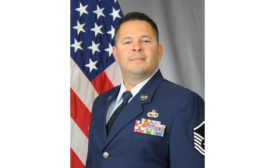Home » calibration
Articles Tagged with ''calibration''
Measurement Uncertainty: A Primer
A reading means little without knowing the uncertainty involved.
May 1, 2020
Quality Audits: You're Kidding Me!
The auditor determined that it was not precise enough.
March 15, 2020
Whose Acceptance Limits?
Part 2 of 2 - Practical Acceptance 'Limits' are a judgement call.
February 8, 2020
Whose Acceptance Limits?
Part 1 of 2: Learn more about these boundaries of precision.
January 1, 2020
Stay in the know with Quality’s comprehensive coverage of
the manufacturing and metrology industries.
eNewsletter | Website | eMagazine
JOIN TODAY!Copyright ©2025. All Rights Reserved BNP Media.
Design, CMS, Hosting & Web Development :: ePublishing



